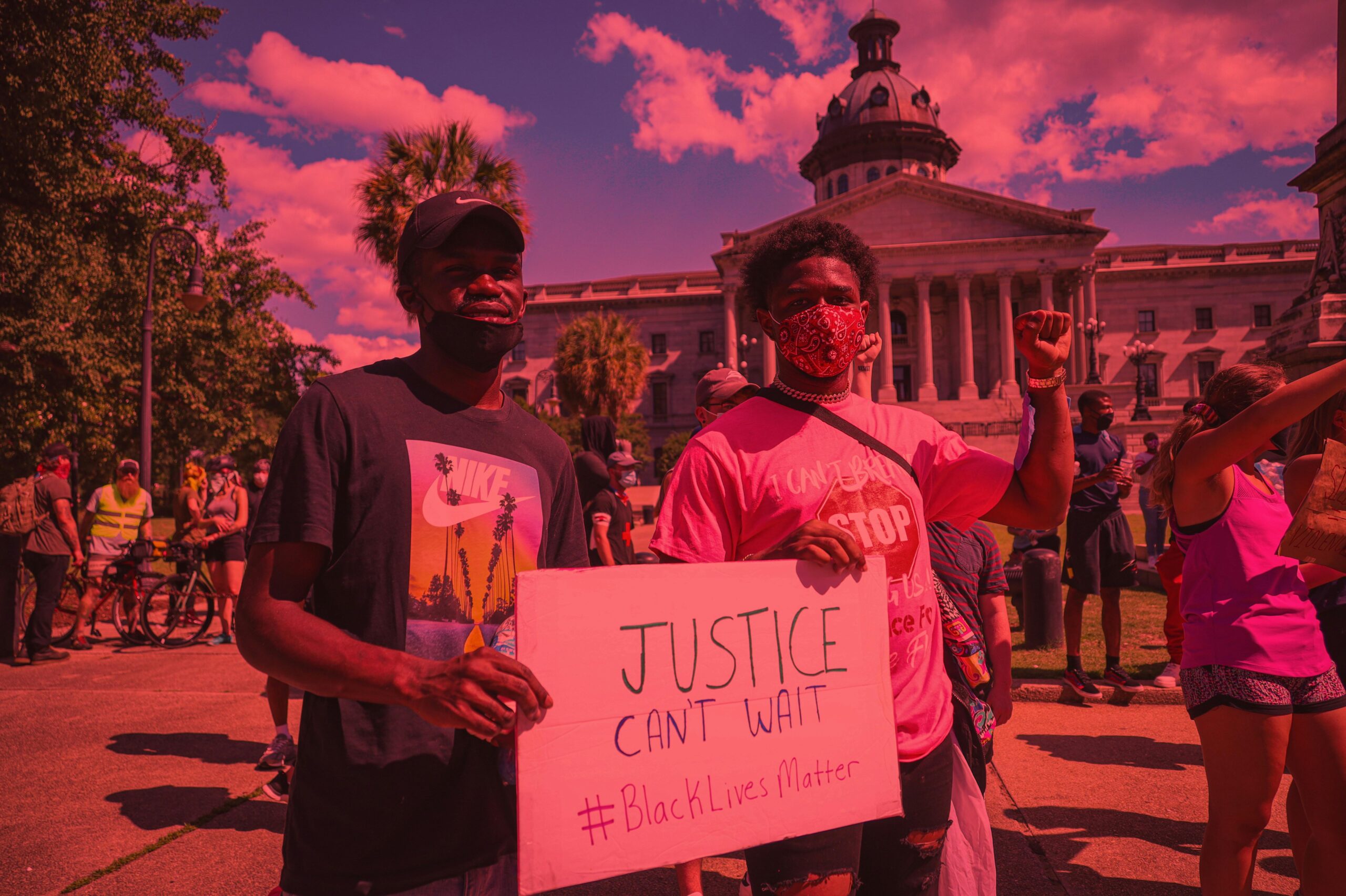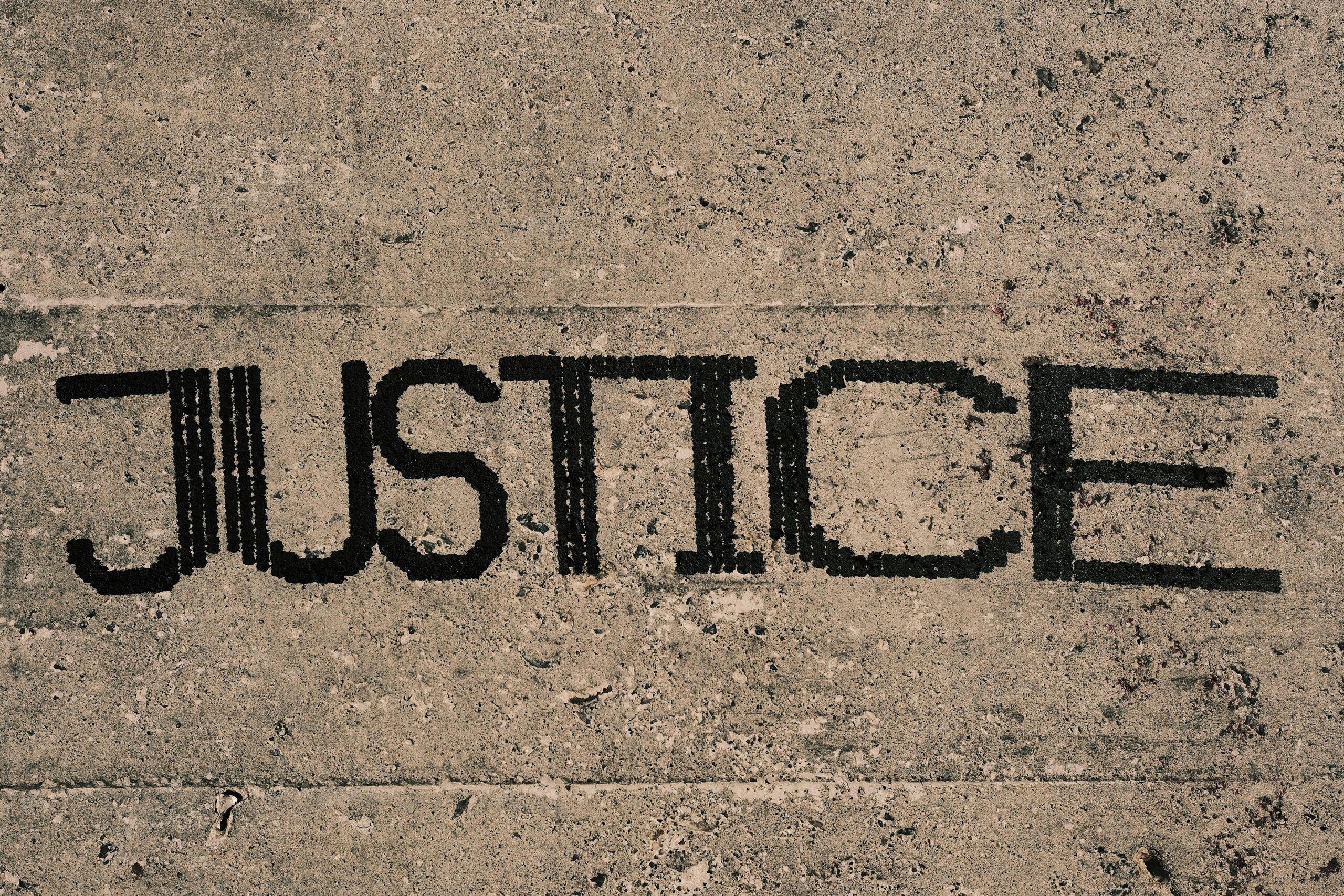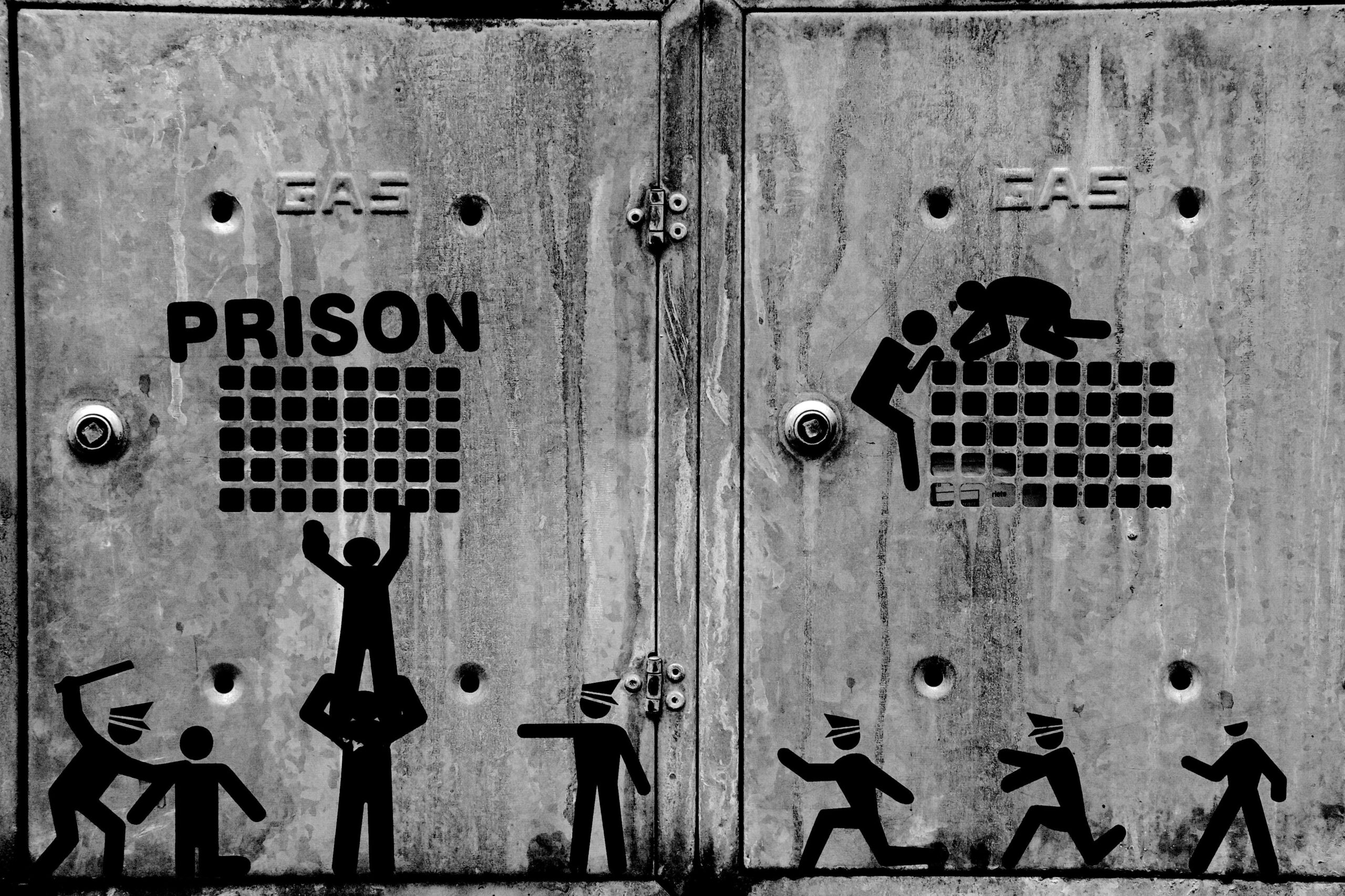Why do racial disparities continue to persist in our justice system, despite decades of reform and awareness? It’s a question that has puzzled activists, scholars, and everyday citizens alike, sparking countless conversations and calls for change. Diving into the roots of these disparities means exploring a complex web of history, policy, and social dynamics that have shaped—and continue to shape—how justice is administered. In this blog, we’ll take a curious look at why racial gaps in justice endure, peeling back the layers to better understand the forces at play and what it might take to create a truly fair system for all.
Table of Contents
- Understanding Historical Contexts That Shape Modern Justice Systems
- Unpacking Socioeconomic Factors Influencing Disparities in Court Outcomes
- The Role of Implicit Bias and Institutional Policies in Perpetuating Inequality
- Innovative Approaches and Community-Led Solutions to Foster Fairness in Justice
- Final Thoughts
Understanding Historical Contexts That Shape Modern Justice Systems
The foundations of many modern justice systems are deeply intertwined with historical events and ideologies that often prioritized certain groups’ power and privilege over others. Colonialism, for example, introduced legal frameworks designed to maintain control over subjugated populations, embedding systemic biases that continue to influence contemporary laws and enforcement practices. Moreover, the era of segregation and the subsequent policies of redlining and disenfranchisement created structural patterns that disproportionately targeted racial minorities, shaping community dynamics and perceptions of justice that are still palpable today.
To grasp the nuances of persisting disparities, it’s vital to recognize the layered legacies left behind, including:
- Legislation crafted with exclusionary intent, such as Jim Crow laws that codified racial discrimination.
- Economic disenfranchisement mechanisms, which curtailed opportunities for wealth and resource accumulation within marginalized communities.
- Policing practices historically targeting specific demographics, influencing trust and cooperation with legal institutions.
These embedded factors make it clear that racial disparities in justice are not mere accidents but outcomes of complex, interwoven histories that continue to challenge our pursuit of fairness and equality.
Unpacking Socioeconomic Factors Influencing Disparities in Court Outcomes
At the heart of persistent disparities in court outcomes lies a complex web of socioeconomic variables that subtly, yet powerfully, skew the scales of justice. Economic instability often limits access to adequate legal representation, disproportionately affecting marginalized communities. Those facing financial hardship may rely on overburdened public defenders, whose limited resources can hinder robust defense strategies. Meanwhile, educational inequities foster a lack of legal literacy, leaving many unaware of their rights or the nuances of legal processes. These factors culminate in environments where systemic bias thrives—not due to overt racism alone, but through structural disadvantages layered over generations.
Consider the compounding impact of societal barriers on defendants from lower socioeconomic backgrounds:
- Pretrial Detention: Unable to afford bail, individuals often remain incarcerated before trial, a status that can pressure guilty pleas regardless of actual guilt.
- Employment Instability: Legal entanglements can jeopardize job security, exacerbating poverty and reducing the capacity to mount a strong defense.
- Community Resources: Limited access to support systems—such as counseling, housing assistance, or social services—can impact both the legal process and rehabilitation prospects.
These interlinked socioeconomic burdens reveal how justice is not delivered in a vacuum, but within societal frameworks that perpetuate unequal outcomes. Understanding these dynamics is crucial to unraveling why disparities endure beyond individual cases and highlighting avenues for systemic reform.
The Role of Implicit Bias and Institutional Policies in Perpetuating Inequality
Implicit bias operates subtly, often below the surface of conscious awareness, influencing decisions and behaviors in ways that reinforce existing inequalities. These ingrained prejudices affect judgment in law enforcement, courtroom proceedings, and sentencing, contributing to disparities that seem resistant to reform. Studies have shown that even well-meaning individuals can harbor unconscious stereotypes that impact how they perceive threat, credibility, or intent based on race. The challenge lies in recognizing and addressing these hidden biases, which are deeply woven into social cognition and daily practices.
Institutional policies, meanwhile, can unintentionally entrench inequality by codifying practices and procedures that disproportionately disadvantage certain racial groups. These systemic frameworks include policies on policing tactics, bail, sentencing guidelines, and prison management that have historical roots in discriminatory ideologies. For example:
- Mandatory minimum sentences that disproportionately affect minority communities.
- Stop-and-frisk policies which have shown racial profiling tendencies.
- Risk assessment tools that may reflect biased data inputs, perpetuating unfair assessments.
Understanding how implicit biases merge with institutionalized rules uncovers the complex machinery fueling persistent disparities. It challenges us to rethink justice not just as individual fairness but as a system-wide commitment to equity and transformation.
Innovative Approaches and Community-Led Solutions to Foster Fairness in Justice
Across the globe, empowering communities to take an active role in justice reform is proving transformative. Local initiatives challenge top-down systems by incorporating lived experiences into decision-making, ensuring that policies reflect the realities of those most affected. From neighborhood mediation circles to youth-led restorative justice projects, these grassroots efforts harness collective wisdom and cultural sensitivity to repair harm and rebuild trust. Notably, organizations adopting trauma-informed frameworks create safer spaces where dialogues around race and bias no longer remain abstract concepts but become catalysts for genuine empathy and accountability.
Creative solutions often emerge when communities combine traditional knowledge with innovative technology, data transparency, and collaborative governance. For instance, community-driven audits of policing data expose patterns of discrimination, prompting urgent reforms. In tandem, digital platforms facilitate real-time reporting and advocacy, amplifying marginalized voices otherwise overlooked in mainstream narratives. Such strategies include:
- Participatory budgeting to redirect funds toward social programs rather than punitive systems
- Culturally grounded legal aid tailored to address specific barriers faced by minority groups
- Peer mentoring programs that connect formerly incarcerated individuals with at-risk youth
These community-led responses are not just reactionary but visionary, paving pathways toward a justice system that honors fairness through inclusion, transparency, and sustained partnership.
Final Thoughts
As we peel back the layers of history, policy, and lived experience, it becomes clear that racial disparities in justice aren’t accidental—they’re deeply woven into the fabric of our systems. Understanding these roots isn’t just an academic exercise; it’s a crucial step toward meaningful change. The journey to equity is complex and ongoing, but by staying curious, asking difficult questions, and challenging the status quo, we can start to imagine—and build—a justice system that truly serves everyone. What other hidden factors might be at play? That’s a conversation worth continuing.











